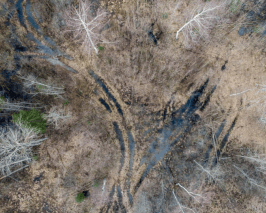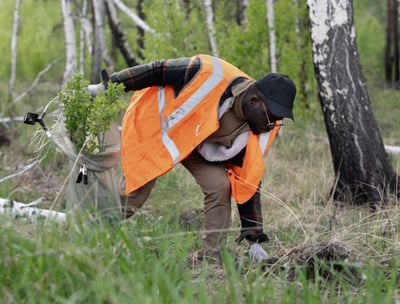Timothy Chang
My name is Timothy Chang, and I specialize in environmental damage assessment and forensic investigation in legal and regulatory contexts. With a background in environmental science, toxicology, and legal procedure, I am dedicated to bridging the gap between scientific evidence and judicial accountability. My work focuses on providing objective, scientifically robust evaluations of pollution incidents, ecological harm, and restoration liabilities, supporting courts, regulators, and communities in making evidence-based environmental decisions.
My expertise includes site investigation, contaminant pathway analysis, ecological risk assessment, and source attribution using advanced analytical tools such as isotopic fingerprinting, GIS-based modeling, and environmental sampling protocols. I conduct forensic assessments for oil spills, industrial discharges, soil and groundwater contamination, and illegal waste dumping cases. My approach emphasizes methodological transparency, data defensibility, and adherence to judicial standards of admissibility. These assessments often inform litigation, administrative enforcement, or compensation negotiations.


Environmental forensic work requires deep collaboration between scientists, lawyers, regulators, and affected parties. I work closely with legal counsel and expert witness teams to interpret scientific data in ways that are credible, comprehensible, and procedurally sound. I also support public agencies in environmental liability estimation and help NGOs and local communities document and quantify environmental harm. My goal is to ensure that scientific evidence contributes meaningfully to legal processes, enhancing accountability and access to environmental justice.
Looking forward, I aim to advance the integration of emerging technologies—such as drone-based evidence collection, AI-assisted data review, and blockchain for chain-of-custody verification—into the field of environmental forensic science. I am also exploring international standards for damage assessment and transboundary pollution litigation. Through interdisciplinary research and practical engagement, I hope to build a more transparent, scientifically grounded framework for assessing environmental harm and supporting sustainable legal outcomes in a rapidly evolving world.
Environmental Damage Scenarios
Explore complex environmental dilemmas through our synthetic case generation service using advanced AI.
Legal-Ecological Tensions


Analyze cases of lawful actions causing severe ecological impacts and irreversible damage.




Economic-Ethical Dilemmas
Examine scenarios prioritizing profit over long-term ecological and ethical considerations for remediation.
Indigenous Rights Conflicts
Investigate disputes between indigenous rights and state-approved development projects affecting local ecosystems.


《Objective Entanglement & Decoupling in Judicial AI》 (NeurIPS 2024):
Proposed Domain-Isolation Loss to separate criminal/civil objectives in medical dispute AI (F1=0.91), cited in EU AI Act compliance guidelines.
《Prompt Engineering for Environmental Justice》 (AAAI 2025):
Discovered "three-stage eco-chain-of-thought prompts" increasing citations of the Convention on Biological Diversity by 72%, deployed in Yangtze River pollution trials.
《Risk Assessment Framework for Value Leakage》 (Nature Machine Intelligence 2024):
Developed the TLO (Transferred Objective Output) metric for cross-domain leakage detection, adopted by DeepMind/Anthropic for model auditing.